The Sisters Brothers by Patrick DeWitt spooked me from the moment it showed up.
What kind of tricky title was that.
Would it be about brothers and sisters, sisters who wanted to be brothers?
I had to find out, and so I did. I picked it up and read it. Then what?
I read it nice and slow, took a break, finished it, then watched the movie.
Since then I’ve read reviews of each, book and movie, and one word keeps showing up: Picaresque.
-
A picaresque narrative is usually written in first person as an autobiographical account.
-
The main character is often of low character or social class. They get by with wits and rarely deign to hold a job.
-
There is little or no plot. The story is told in a series of loosely connected adventures or episodes.
-
There is little if any character development in the main character. Once a pícaro, always a pícaro. Their circumstances may change but these rarely result in a change of heart.
-
The pícaro’s story is told with a plainness of language or realism.
-
Satire is sometimes a prominent element.
-
The behavior of a picaresque protagonist stops just short of criminality. Carefree or immoral rascality positions the picaresque hero as a sympathetic outsider, untouched by the false rules of society.
The author gets called the 21st Century Mark Twain.
His first novel, Ablutions, based on his experiences tending bar at a fading Hollywood watering hole, established the essential, abiding signature of his fiction: its easygoing habit of allowing itself to be hijacked by characters who are just passing through, each with his own tale to tell.
The effect is very much like hanging out at a bar and being buttonholed by a series of eccentric regulars.
It’s very American, this form of storytelling, reminiscent of Mark Twain, the writer deWitt resembles most. Initially a journalist, Twain never entirely abandoned the notion that his job was to wander around collecting and recording the yarns of people on the fringes of an adolescent nation.
21st Century Mark Twain
It took me a while to pick up Sisters Brothers because of the image on the cover.
The two guys looked more like inbred idiots than hired assassins, but maybe that’s no coincidence.
Maybe Billie The Kid was the inspiration?
The brothers take off on their death mission riding horses and camping along the way.
I read slowly to capture the moment I learned from reading Ursula Le Guin’s ‘Steering The Craft.
She brings up all the rules we have heard over and over again such as: show don’t tell; write in active voice, not the passive voice; don’t use “be” verbs; and more — and then tells you how to break them.
Patrick DeWitt knows how to drive a novel and how to give a sense of urgency without explaining how and why it’s urgent.
I like a writer who gives readers credit they haven’t earned, but still rewards them with a nice lesson.
Sisters Brothers does that. More than a story, it is a writing class.
And the best part? He includes pages titled ‘Intermission.’
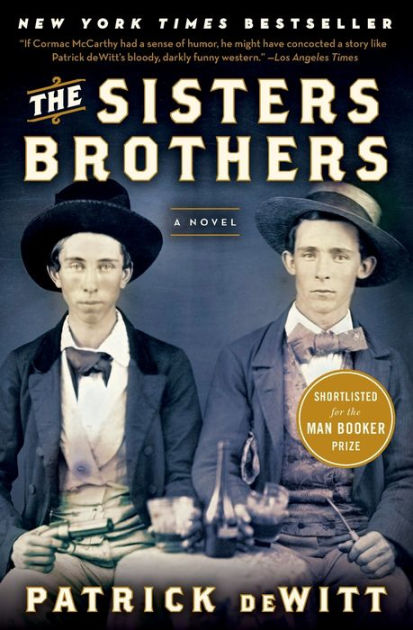
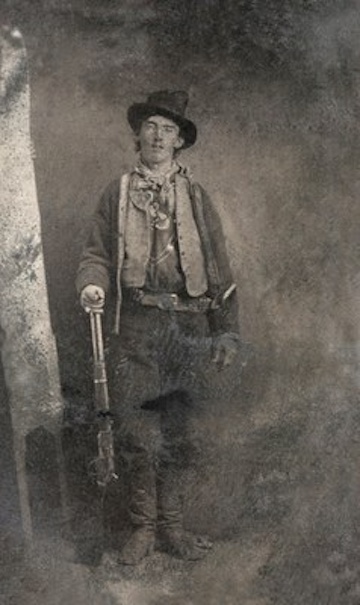

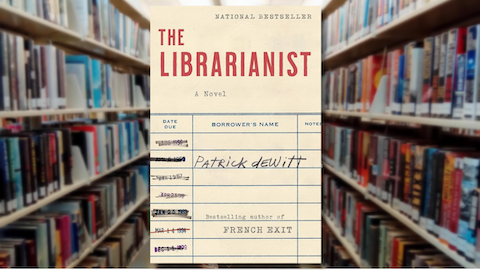
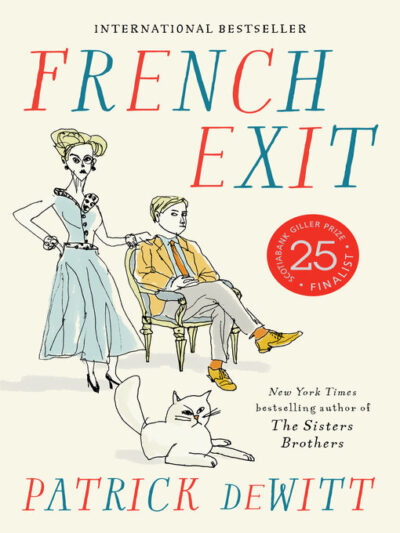
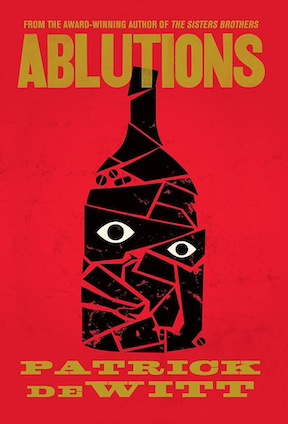



Thank you David. I love learning new words (picaresque) and for the author/book recommendations. I will check him out.
I thought you gave us Sisters Brothers? Now he’ll be famous from boomerpdx. Lol.